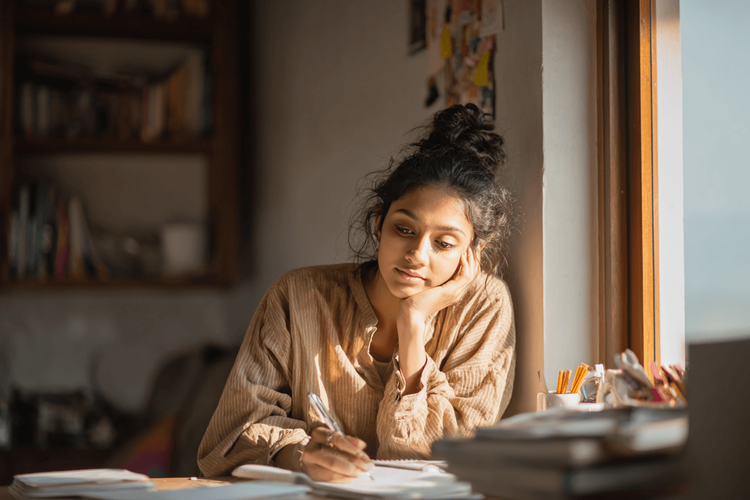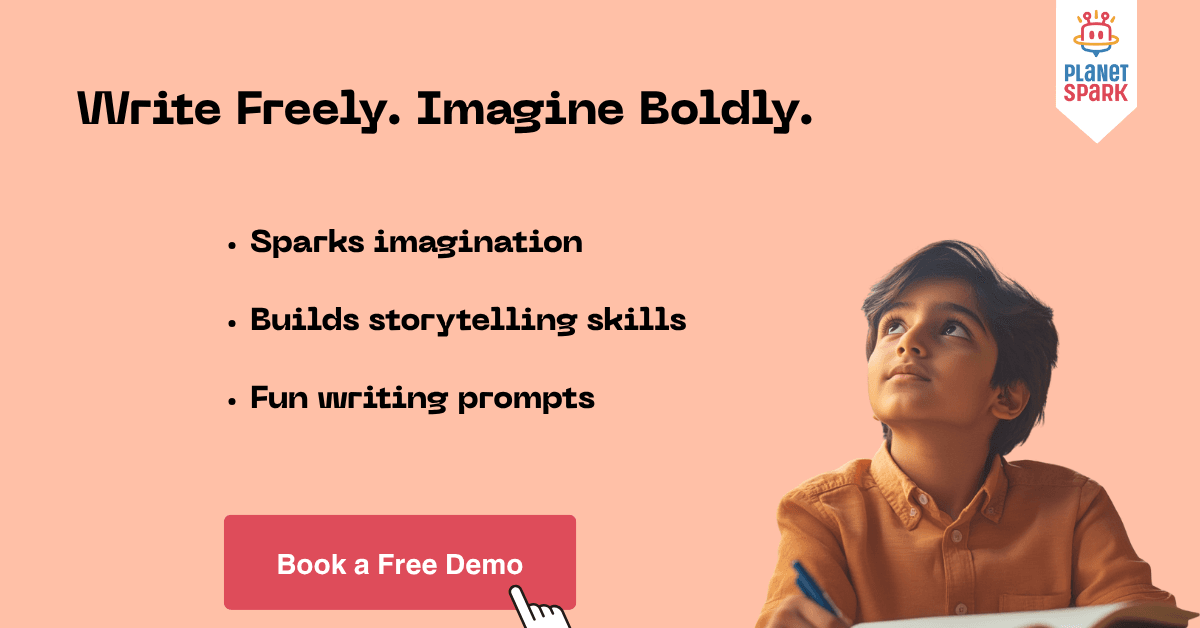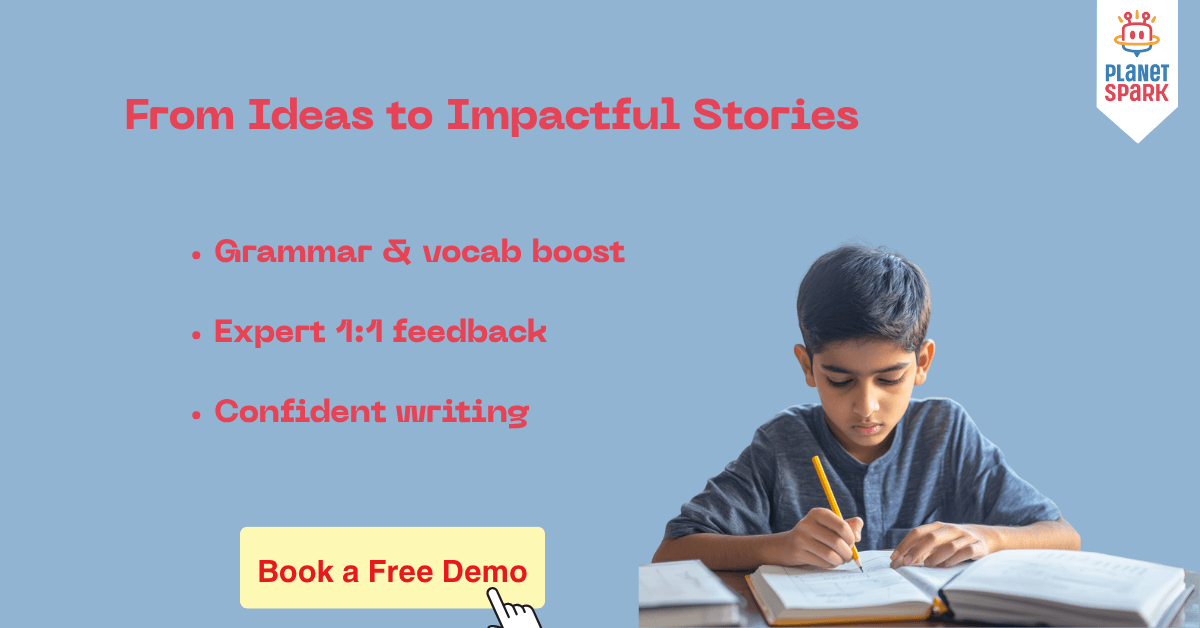Sculpture in the Renaissance: Art, Anatomy, and Influence

Table of Contents
- The Birth of Renaissance Sculpture
- Advanced Techniques in Renaissance Sculpture
- Hubs of Renaissance Sculpture
- From Gothic to Renaissance: A Sculptural Shift
- The Lasting Legacy of Renaissance Sculpture
- Key Characteristics of Renaissance Sculpture
- Materials and Techniques
- Iconic Renaissance Sculptors and Their Works
- Sculpture and the Spread of Renaissance Ideals
- Sculpture in Northern vs. Italian Renaissance
- Influence on Modern Art and Education
- Why Is Learning About Renaissance Sculpture Important for Ki
- How PlanetSpark Fuels Creativity Like the Renaissance Master
- Where to Experience Renaissance Sculpture Today
- FAQs
The Renaissance period, spanning roughly from the 14th to the 17th century, marked a dramatic transformation in European art, culture, and thought. Among the many artistic expressions that flourished during this era, sculpture stood as a prominent symbol of innovation, humanism, and technical mastery. Rooted in the rebirth of classical ideals, Renaissance sculpture became a powerful medium through which artists explored realism, emotion, anatomy, and individualism.
This blog explores the evolution of sculpture during the Renaissance, iconic sculptors, major works, and its lasting impact on the world of art.
The Birth of Renaissance Sculpture
The word "Renaissance" means "rebirth," and that’s exactly what happened in the realm of sculpture. The artists of this era broke away from the rigid and symbolic forms of the medieval period and began to revive the aesthetics of ancient Greek and Roman art.
Humanism was a driving force. Sculptors were now interested in depicting the human form with accuracy and vitality.
Advances in anatomical study led to more lifelike sculptures.
Perspective, depth, and expression became central to sculptural storytelling.
One of the earliest examples of this transition was Nicola Pisano, whose pulpit in the Pisa Baptistery (1260) showed a blend of classical influence and Gothic style, laying the groundwork for Renaissance art.
Advanced Techniques in Renaissance Sculpture
Renaissance sculptors were not just artists- they were pioneers of science and precision. Rediscovering ancient Greek and Roman techniques, they introduced refined craftsmanship into their creations. One breakthrough was the use of contrapposto- a posture where the figure’s weight rests naturally on one leg, giving a lifelike balance and motion. First seen in classical statues, it became a hallmark of Renaissance naturalism.
Another innovation was lost-wax casting, especially for bronze sculptures. This enabled the creation of more detailed, complex figures. Still, marble remained the most favored material for grand commissions, praised for its purity and grace. Artists worked laboriously from quarry to final polish, using chisels, drills, and abrasives to achieve stunning textures and realism.
Hubs of Renaissance Sculpture
The artistic heart of the Renaissance beat strongest in Florence, home to iconic artists like Donatello, Ghiberti, and later Michelangelo. Patronage from families like the Medici helped Florence become the epicenter of sculptural innovation.
Rome also flourished during the High Renaissance. Papal commissions spurred the creation of monumental works such as Michelangelo’s Moses and Pietà, merging spiritual awe with human emotion. Rome’s ancient ruins served as live references for scale, proportion, and grandeur.
Other cities like Venice, Milan, and Bologna developed unique sculptural styles too, spreading Renaissance ideals across Italy and eventually Europe.
From Gothic to Renaissance: A Sculptural Shift
The Renaissance marked a radical shift from the religiously stylized Gothic art to a more humanistic approach. Gothic sculpture, though detailed and spiritual, often ignored anatomical realism. Renaissance art, however, celebrated the human body, emotion, and secular narratives.
Early sculptors like Nicola Pisano began integrating classical themes with Christian motifs. By the time of Donatello, sculpture had evolved into a distinctly Renaissance form, rooted in realism, individualism, and mathematical proportion.

The Lasting Legacy of Renaissance Sculpture
The legacy of Renaissance sculpture is eternal. It laid the foundation for Baroque, Neoclassical, and even modern sculptural practices. Renaissance works continue to be studied for their technical perfection, emotional depth, and symbolic strength.
Contemporary sculptors still draw on Renaissance ideals- be it the precision of anatomy, the narrative power, or the marriage of form and function. The Renaissance redefined artists not as mere craftsmen but as visionaries and intellectuals, a shift that persists today.
Key Characteristics of Renaissance Sculpture
Renaissance sculpture was marked by several defining features:
Realism and Naturalism: Sculptors aimed for accurate human anatomy and facial expressions.
Contrapposto Poses: Borrowed from classical art, this technique involved naturalistic body positions with weight shifted onto one leg.
Freestanding Sculptures: Unlike medieval reliefs, Renaissance artists sculpted fully three-dimensional figures.
Narrative Depth: Many sculptures depicted scenes from the Bible, mythology, and history with emotional detail.
Materials and Techniques
Renaissance sculptors worked primarily with:
Marble: Preferred for its beauty and classical association.
Bronze: Used for its strength and dynamic detailing.
Terracotta and Wood: Often used for smaller or devotional pieces.
Innovative techniques included lost-wax casting, precise chiseling, and patination for metal works.
Iconic Renaissance Sculptors and Their Works
Donatello (1386–1466)
Donatello was a pioneering figure who brought human emotion and realism to sculpture.
David (c. 1440s): The first freestanding nude male sculpture since antiquity.
Gattamelata: A powerful equestrian statue, showing mastery over balance and anatomy.
Michelangelo Buonarroti (1475–1564)
Michelangelo is often hailed as the greatest sculptor of the Renaissance.
David (1501–1504): Towering at 17 feet, it exemplifies anatomical precision and human strength.
Pietà (1499): A tender depiction of Mary holding the body of Jesus, celebrated for its emotion and grace.
Moses, the Tomb of Julius II, and his work on St. Peter’s Basilica were also monumental.
Lorenzo Ghiberti (1378–1455)
Known for the Gates of Paradise, the bronze doors of the Florence Baptistery. Each panel showcased intricate storytelling through the high-relief technique.
Andrea del Verrocchio and Benvenuto Cellini also left a strong imprint with works such as Perseus with the Head of Medusa.

Sculpture and the Spread of Renaissance Ideals
Sculpture became more than art; it became a visual language for:
Religious storytelling
Civic pride
Personal legacy
Wealthy patrons, like the Medici family in Florence, commissioned sculptures not only for churches but also for public squares, fountains, and private homes.
Sculpture in Northern vs. Italian Renaissance
While the Italian Renaissance emphasized classical balance and anatomy, the Northern Renaissance focused on intricate detail and natural textures.
Tilman Riemenschneider in Germany and Claus Sluter in Burgundy created emotionally intense religious works.
Wood carving flourished in Northern Europe, complementing Italy’s stone mastery.
Influence on Modern Art and Education
Renaissance sculpture laid the foundation for:
Neoclassicism in the 18th and 19th centuries.
Artistic studies in modern schools.
Public monuments and national art identities.
Even today, art students study Michelangelo’s David and Donatello’s works to learn proportions, form, and expressive capability
Why Is Learning About Renaissance Sculpture Important for Kids
Understanding sculpture and Renaissance art helps students:
Appreciate history and culture.
Develop visual analysis and storytelling skills.
Spark creativity and imagination.
Spark Creativity with PlanetSpark’s Creative Courses!
Does your child have a passion for art and storytelling?
PlanetSpark's Creative Writing and Communication courses help children unlock their expressive power- whether through words, visuals, or presentations.
Join our creative skills course today and help your child discover their hidden talents!
Just like Renaissance sculptors conveyed messages through marble, kids today can learn to express themselves through speech and writing.
Enroll your child in PlanetSpark’s Public Speaking and Presentation Skills Course and help them become confident communicators.
How PlanetSpark Fuels Creativity Like the Renaissance Masters
Just as Renaissance artists brought a revolution in thinking and expression, PlanetSpark aims to transform today’s learners into tomorrow’s confident creators.
Creative Communication: Our courses help children structure thoughts like sculptors shaping marble- refined, purposeful, and expressive.
Critical Thinking: Whether it’s analyzing a topic or presenting an idea, students build the analytical and emotional intelligence needed to shine.
Impactful Presentation: Through our public speaking and creative writing programs, your child gains the confidence to express themselves on any stage.
Explore PlanetSpark’s Creative Writing and Public Speaking programs today-unlock your child’s inner artist and communicator!
Where to Experience Renaissance Sculpture Today
To experience the brilliance of Renaissance sculpture, visit iconic institutions like:
Uffizi Gallery, Florence – Home to early Renaissance masterpieces.
Vatican Museums, Rome – Featuring Michelangelo’s Pietà and other papal commissions.
The Louvre, Paris – Houses Italian works collected across centuries.
These museums preserve not just marble and bronze, but the very spirit of the Renaissance. Even digital archives now offer virtual tours, making these treasures accessible to learners, artists, and dreamers worldwide.
PlanetSpark’s Holistic Growth Approach
Our curriculum nurtures the 21st-century learner through skills in storytelling, confidence building, and creative expression.
Let your child thrive in school and beyond with PlanetSpark’s expert-led courses.
FAQs
Q1. What made Renaissance sculpture different from medieval sculpture?
Ans. Renaissance sculpture emphasized realism, individualism, and emotion, breaking away from the symbolic and stylized forms of medieval art.
Q2. Who is the most famous Renaissance sculptor?
Ans. Michelangelo is often considered the most famous due to masterpieces like David and Pietà, showcasing exceptional anatomy and emotion.
Q3. What were the common themes in Renaissance sculpture?
Ans. Biblical stories, mythological tales, historical figures, and human beauty were key themes explored by artists.
Q4. How did Renaissance sculpture influence education?
Ans. It revived interest in classical studies, anatomy, geometry, and perspective, leading to formal education in the arts.
Q5. Can learning about sculpture boost creativity in children?
Ans. Absolutely! Studying sculpture enhances observation, patience, spatial awareness, and imagination, which are essential for holistic development.
Personalized Communication Report
Record a video to get a AI generated personalized communication report for your child

Hi There, want to try these
tips for your child with
LIVE with our expert coach?
Let's check your child's
English fluency
